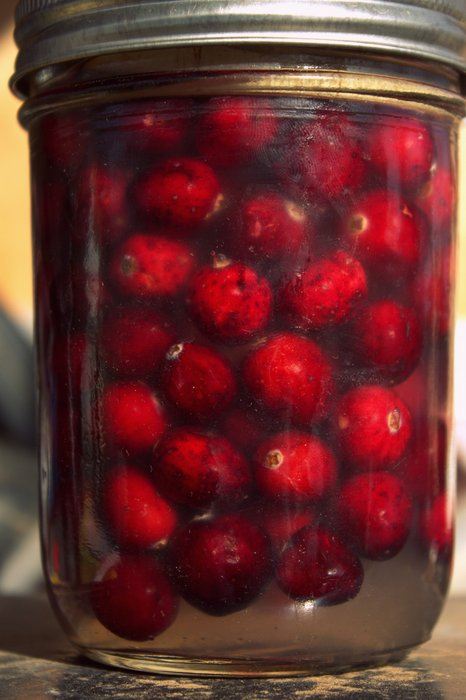A Simple Homemade Kimchi
As one of the most well-known fermented vegetables, besides sauerkraut, kimchi has both a large following and a long history. One bite of the sour, spicy, crunchy condiment will reel you in for good. It’s no wonder it has been one of Korea’s most beloved foods for generations! Kimchi has been touted as one of the most healthful foods in the world. And it’s no wonder as those flavors that give kimchi its distinct flavor also pack a nutritional punch. Here's how you can make it at home.










